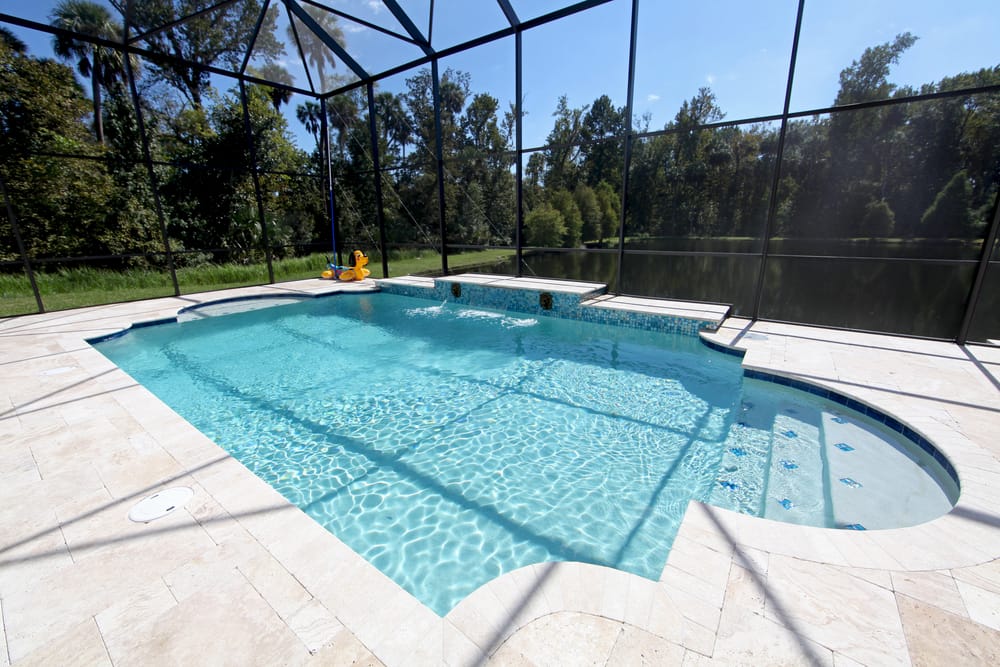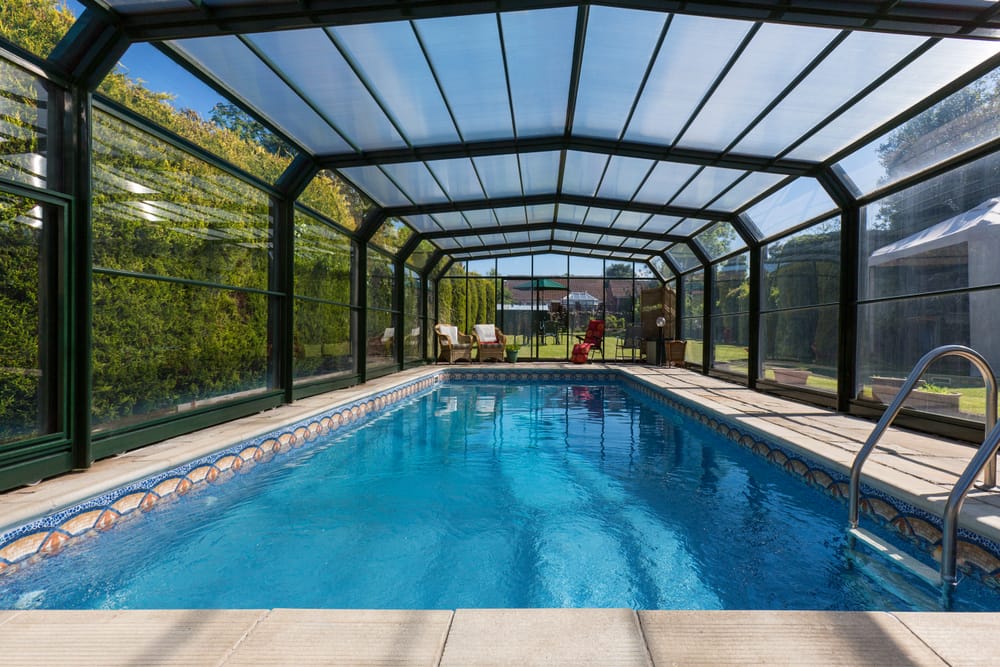If you’re considering installing a pool screen enclosure, one of the first questions you’re likely to have is, “How much will it cost?” The answer to that question depends on several factors, including the size of your pool, the type of enclosure you want, and the specific features you’re looking for. In this blog post, we’ll take a closer look at the costs associated with pool screen enclosures.
What is a Pool Screen Enclosure?
A pool screen enclosure is a structure that surrounds your pool and provides several benefits, including:
- Keeping out insects and debris
- Providing shade and blocking harmful UV rays
- Reducing pool maintenance
- Increasing the value of your home
- Types of Pool Screen Enclosures
There are several types of pool screen enclosures available, including:
- Full Enclosures – These enclosures surround entirely your pool and typically feature a solid roof and screened walls. Full enclosures offer the most protection from insects, debris, and elements.
- Partial Enclosures – These enclosures cover a portion of your pool area, such as a patio or deck. They are typically less expensive than complete enclosures but offer less protection.
- Retractable Enclosures – These enclosures feature screens that can be retracted when not in use. They offer the convenience of an open-air pool but with the added protection of screens.
Cost Factors for Pool Screen Enclosures
The cost of a pool screen enclosure will vary depending on several factors, including:
- Size – The more extensive your pool area, the more materials and labor will be required to install the enclosure.
- Type – As mentioned, complete enclosures are typically more expensive than partial or retractable enclosures.
- Materials – The type of materials used for your enclosure will impact the overall cost. For example, aluminum is a popular material for pool screen enclosures and is generally more expensive than PVC.
- Features – Additional features like lighting, fans, or privacy screens can increase the overall cost of your enclosure.
Average Cost of a Pool Screen Enclosure
According to HomeAdvisor, the average cost of a pool screen enclosure is around $8,200. However, the cost can range from $3,000 to $15,000 or more, depending on the factors listed above.
It’s important to note that installation costs are typically separate from the cost of the enclosure itself. You’ll need to factor in the cost of labor, permits, and any necessary equipment rentals.
Final Thoughts
Installing a pool screen enclosure is a great way to increase the usability and value of your pool area. While the cost can vary depending on several factors, it’s important to remember that the benefits of an enclosure can outweigh the initial investment. Research and work with a reputable contractor to ensure your pool screen enclosure is installed correctly and to your satisfaction.












